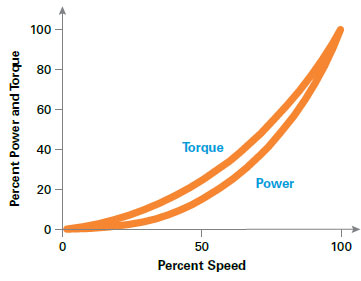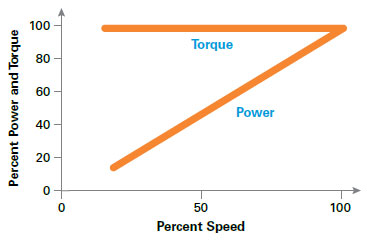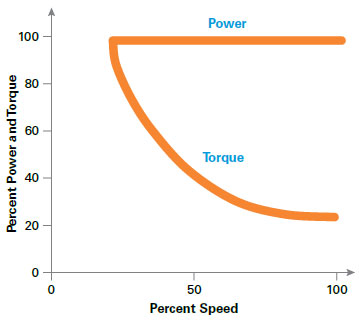The cause of harmonics in variable frequency drive
Before you attempt to dissipate causative factors of harmonics verbally, you take a look at several studies done by NEMA regarding such, and look into variable frequency drive (VFD) a bit better. You can view articles and studies by subscribing to the NEMA newsletter, and find other sources quite readily through NEMA. It’s an easily accessible place for many current dissertations on this and other electrical topics, with excellent subject matter.
Categorizing all VFDs into the same bucket doesn’t get it. You can also look at EPRI reports done better than 15 years ago on this and other VFD oriented subjects. Of course, all VFDs use Pulse Width Modulation to create the AC type wave form output (AKA ‘Sinusoidal Flows) and of course all have rectifiers at the top end, as do all computers, PLCs, and many solid state control components. The differences of transient creation on the outputs of variable frequency drives depend upon the quality of the wave form output. The more transients or ‘spikes’ in the wave form, the more disruption potential. The quality of outputs of variable frequency drives can clearly be seen in testing with oscilloscopes. Several VFDs on the market significantly reduce this effect with chokes up front, and on the output. It really is a garbage in/garbage out situation that lesser drives don’t bother to address.
Anytime AC is rectified to DC a field is created, and this is at best an elementary statement. The solution is good grounding to bleed it off. It isn’t a problem to do so as long as the grounding pathway is adequate, a simple and proven fix. All drives employ capacitors. Motor field generation, field collapse of any wound coil has the potential of creating conductive/inductive reactance, and capacitors create capacitive reactance. To claim otherwise flies in the face of electrical fact. Phase balancing capacitor banks serve to bring about the same effect. As far as ‘putting drives on a pedestal’, you seem far more inclined to pursue a defensive posture than to take a better look at the correlation between capacitive and inductive/conductive reactance. Again, when these two factors meet the same frequency is when the distortion issue is brought to a peak, with these harmonics becoming the face of disruption.
I successfully remedied these situations by working with engineers in DOD and DOE facilities, as well as with a host of different independent companies, Iacdrive, General Electric, Shaw Nuclear, being a few among them.


